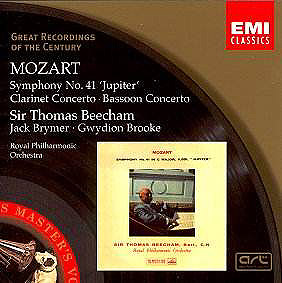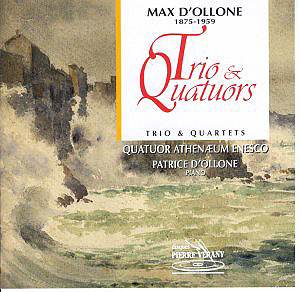 Composer: Benjamin Britten
Composer: Benjamin Britten
Works: Temporal Variations, Six Metamorphoses after Ovid, Phantasy Quartet, Two Insect Pieces, Suite No. 1
Performers: Eric Speller (oboe), Ophelie Gaillard (cello), Olivier Peyrebrune (piano), Agathe Blondel (violin), Stephanie-Marie Degand (viola)
Recording: Studio Varga, Sion, March 2001
Label: Ambroisie AMB 9909
Benjamin Britten’s oeuvre reflects a rich tapestry of emotional and intellectual engagement, often melding intricate musical motifs with profound thematic explorations. This collection showcases a cross-section of Britten’s chamber works, spanning from his early compositions in the 1930s to his later, more mature expressions. Each piece serves not only as a testament to Britten’s evolving style but also as a mirror of the socio-political landscape of his time, particularly the tensions leading up to and following World War II.
The performers, comprising the Contrastes ensemble, navigate Britten’s nuanced textures with commendable proficiency. Speller’s oboe in the Six Metamorphoses after Ovid exemplifies a commendable blend of technical precision and expressive depth. The piece, known for its demanding monody, requires the oboist to sustain a singular voice that captures the essence of various mythological characters. While Speller’s tone is refined, there are moments when a more visceral approach could enhance the dramatic contrasts inherent in the music—particularly in the more turbulent transformations of Phaeton or Bacchus. The subtlety of dynamics, though largely well-managed, occasionally falls into an overly polished execution that lacks the raw expressiveness Britten’s music demands.
In the Temporal Variations, a masterful work that reflects Britten’s introspective grappling with the human condition amidst the backdrop of encroaching global strife, the ensemble’s interpretation shines. The multiple movements encapsulate a wide emotional range, from the playful buoyancy of the “March” to the solemnity of the “Chorale.” Here, the interpretive choices made by the ensemble resonate well, with each variation revealing distinct characterizations that Britten carefully crafted. Gaillard’s cello, while lyrical and expressive, sometimes veers towards a more restrained approach, which may not fully evoke the emotional weight of Britten’s intentions.
The Phantasy Quartet, an early work, is particularly notable for its intricate interplay between the oboe and strings. The performers’ dynamic interplay evokes a sense of spontaneity, though the performance could benefit from a more vigorous exploration of the contrasting timbres and rhythms that Britten employs. Comparisons to Stravinsky’s The Soldier’s Tale or Ravel’s String Quartet are relevant here, as both composers similarly balance complexity with transparent textures. The ensemble’s performance, while technically accomplished, occasionally lacks the robust energy found in other recordings, which can lead to a perception of the music as less engaging than it ought to be.
Recording quality plays a significant role in the overall experience of this CD. The engineering captures the warmth of the ensemble while allowing each instrument to speak clearly within the mix. However, the balance shifts noticeably between the larger ensembles and the solo pieces, which can be disorienting to the listener. A consistent sonic perspective would enhance the listening experience, particularly when transitioning between the intimate Two Insect Pieces and the more expansive textures of the Suite No. 1 for cello.
The Two Insect Pieces, while intended to portray the lively movements of a grasshopper and a wasp, presents a fascinating challenge; here, the oboe should evoke both lightness and a sharp sting. Speller’s performance captures the former admirably but seems hesitant to delve into the latter’s more aggressive possibilities, resulting in a portrayal that, while charming, may feel somewhat sanitized. Britten’s use of the piano to anchor the rhythmic foundation in these pieces is cleverly realized, though the potential for a more chaotic interplay remains unexploited.
This collection offers a well-curated selection of Britten’s chamber works, executed with technical skill and a commendable understanding of the composer’s stylistic demands. However, there is a subtlety in the performances that, while refined, occasionally skirts the edge of emotional depth that Britten’s music often demands. The ensemble’s interpretations, while engaging and polished, invite a deeper exploration of the raw, nerve-jangling textures that characterize much of Britten’s output. The recording itself is both a sonic delight and a missed opportunity for a more visceral engagement with the music. Ultimately, while this disc serves as a commendable introduction to Britten’s chamber music, it leaves the listener yearning for a more daring and unrestrained interpretation of these profoundly evocative works.



